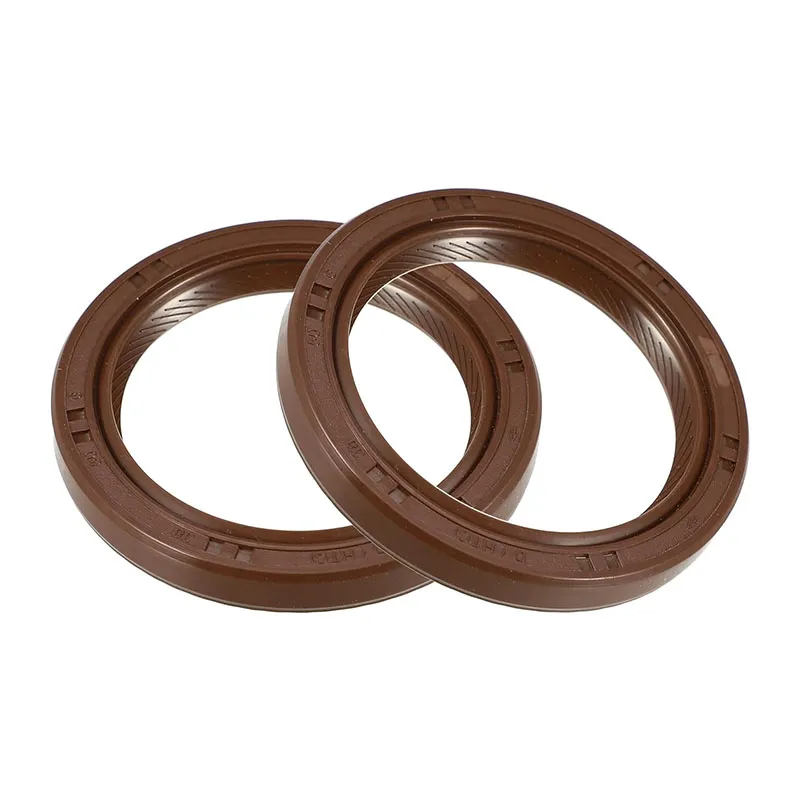seal between transmission and driveshaft
Understanding the Seal Between Transmission and Driveshaft
The seal between the transmission and driveshaft is a crucial component in the drivetrain of an automobile. This seal plays a pivotal role in maintaining proper functionality and performance while preventing various issues that can arise from wear and tear or damage. Understanding its purpose, function, and maintenance is vital for car owners and mechanics alike.
Purpose of the Seal
The primary function of the seal between the transmission and driveshaft is to prevent oil leaks. The transmission is filled with fluid that lubricates and cools its internal components. If the seal fails or becomes worn, transmission fluid can leak out, leading to insufficient lubrication, overheating, and potential transmission failure. Additionally, the seal helps keep contaminants such as dirt and debris from entering the transmission system, ensuring the internals remain clean and operate smoothly.
Types of Seals
There are several types of seals that may be used between the transmission and driveshaft, with the most common being rubber or synthetic seals. These materials are chosen for their ability to withstand various temperatures and pressures while maintaining flexibility. Harder materials can also be used depending on the application and environment, making them resistant to wear over time.
Symptoms of Seal Failure
Recognizing the symptoms of seal failure is critical for preventing more severe damage to the transmission. Common signs include
1. Fluid Leaks The most obvious indicator is the presence of transmission fluid puddles under the vehicle. A low fluid level can lead to serious issues down the line.
seal between transmission and driveshaft

2. Transmission Overheating If the seal has failed and fluid is leaking, the transmission may overheat, resulting in erratic shifting or slipping.
3. Noise Unusual sounds from the transmission, such as grinding or whining, can also indicate a problem with the seal or other components.
4. Warning Lights Modern vehicles are equipped with diagnostic systems that can alert the driver to issues within the transmission. If a warning light appears, it is essential to investigate promptly.
Maintenance and Replacement
To ensure the longevity of the seal, regular maintenance of the transmission fluid is recommended. This includes checking the fluid level and condition, as well as changing the fluid as per the manufacturer’s schedule. Keeping the transmission clean and free of debris can also prolong the seal's life.
If the seal is found to be defective or has failed, replacement is necessary. This typically involves draining the transmission fluid, removing the driveshaft, and replacing the seal with a new one. While this may seem like a straightforward task, it’s vital to ensure that the new seal is properly installed to avoid future leaks.
Conclusion
In summary, the seal between the transmission and driveshaft is a small but mighty component that plays a significant role in the overall functionality of a vehicle's drivetrain. By understanding its purpose, recognizing the signs of failure, and committing to regular maintenance, vehicle owners can ensure their transmission operates smoothly and avoid costly repairs. Proactive care will not only extend the life of the transmission and associated components but also contribute to a safer and more reliable driving experience. If you suspect an issue with the seal, it’s best to consult with a qualified mechanic who can provide a thorough inspection and any necessary repairs.
-
The Ultimate Guide to Car Repair Kits: Tools and Essentials Every Driver Should Own
News Aug.01,2025
-
The Complete Guide to Oil Pan Gaskets: Sealing Engine Leaks the Right Way
News Aug.01,2025
-
Preventing Oil Leaks: A Complete Guide to Oil Pan Gaskets and Drain Seals
News Aug.01,2025
-
Everything You Need to Know About Oil Pan Gaskets and Drain Plug Seals
News Aug.01,2025
-
Essential for Car Owners: How to Use a Car Repair Kit to Deal with Minor Breakdown
News Aug.01,2025
-
Comprehensive Guide to Engine Oil Sump Gaskets and Related Seals
News Aug.01,2025
-
The Ultimate Guide to Boat Propeller Bearings and Trailer Wheel Bearings
News Jul.31,2025
Products categories















